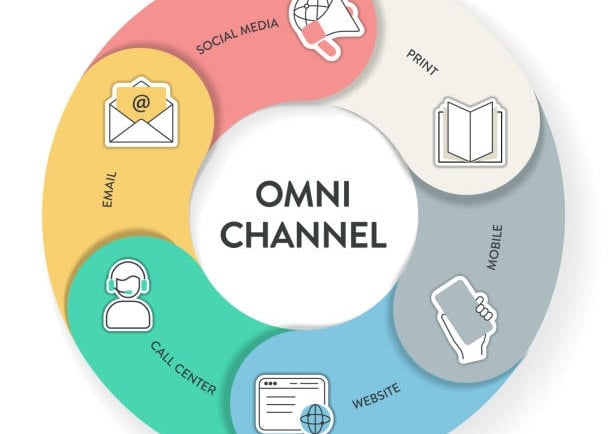Omnichannel Experience in Healthcare: How to Integrate Channels and Delight Patients
Learn how to create an effective omnichannel strategy in healthcare and deliver a seamless experience across WhatsApp, website, social media, and in-person service.
Yuri Souto Maior CX
7/25/20252 min read


Introduction
In a hyperconnected world, patients don't interact with healthcare brands in a linear way. They move between WhatsApp, websites, social media, and in-person service—often on the same day. This reality requires clinics, labs, and practices to provide a seamless omnichannel experience that is consistent, fluid, and human-centered.
In this article, you'll understand what omnichannel means in the healthcare context, why it matters, and how to implement it practically to build trust, improve efficiency, and drive patient loyalty.
What Is the Omnichannel Experience?
The omnichannel experience is about delivering an integrated journey across all patient touchpoints, whether online or offline. It's not just about being present on multiple platforms—it’s about ensuring continuity and coherence in communication and service delivery.
Common healthcare channels include:
WhatsApp and phone calls
Apps and websites
Social media (Instagram, Facebook)
In-person reception
Result delivery and post-visit follow-up
The challenge: patients don’t want to repeat themselves in each channel. They expect their history to be known and the service to flow smoothly, no matter where the interaction started.
Why Omnichannel Experience Is Critical in Healthcare
1. Speed and Convenience
Patients want to solve problems with minimal friction—whether it's scheduling, rescheduling, paying, or asking questions.
2. Fewer Errors and Rework
Aligned teams reduce communication breakdowns and avoid redundant steps for both staff and patients.
3. Loyalty and Reputation
A well-integrated experience builds trust, which leads to repeat visits, referrals, and positive reviews.
4. Operational Efficiency
Automation and system integration save staff time and reduce human errors.
How to Apply an Omnichannel Strategy in Your Clinic or Lab
🔄 1. Map the Patient Journey
Identify key touchpoints and the channels your patients use most often.
🤝 2. Align Communication Across Channels
Ensure all platforms speak the same “language”—standardized tone, accurate information, and shared protocols.
🧩 3. Integrate Systems and Data
Use CRMs, EMRs, and communication tools that sync in real time to keep patient data unified.
🎯 4. Train Your Team
Everyone should understand how the patient journey flows and how each channel contributes to a cohesive experience.
📊 5. Measure the Omnichannel Experience
Track KPIs like NPS, CES, and Retention Rate to evaluate patient satisfaction across touchpoints.
Common Mistakes When Trying to Be Omnichannel (and How to Avoid Them)
❌ Too many channels, but none integrated → ✅ Focus on quality and connectivity
❌ Inconsistent messaging across platforms → ✅ Create a unified communication guide
❌ Broken promises (e.g. DM appointments that are never confirmed) → ✅ Automate key processes
Conclusion
Being omnichannel is more than a trend—it’s a response to modern patient expectations. Clinics and labs that invest in connected journeys stand out through speed, reliability, and memorable care.
📥 Want to map the omnichannel journey for your organization? Let’s talk — get a free initial diagnosis.
